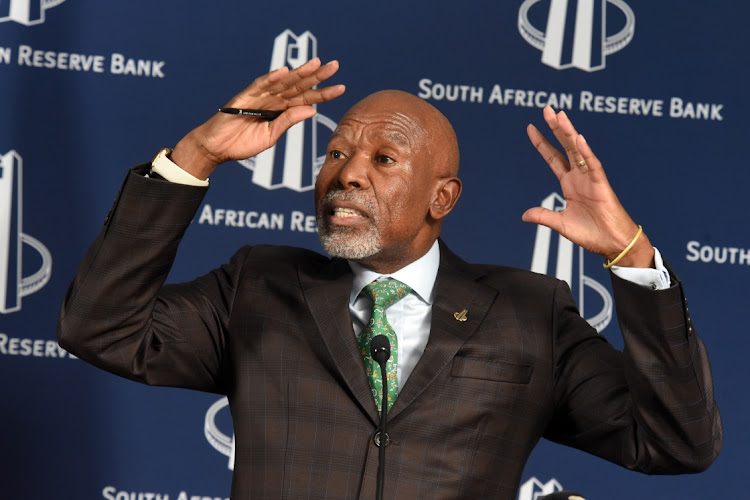Hawkishness heard from Reserve Bank

The South African Reserve Bank kept the policy repurchase rate unchanged at 8.25% at the March monetary policy committee (MPC) meeting and kept its forecasts largely unchanged. However, there was hawkishness embedded in the language and its quarterly projection model (QPM) implied rate path.
The two hawkish aspects were about the upside risks to food price inflation due to El Nino and the supply cost push pressures from inefficient logistics. These, in addition to cosmetic changes in forecasts, showed up in the QPM implied repo rate path showing 50bp reduction in 2024 compared to 75bp reduction implied at the January MPC.
The message here is clear: inflation has been sticky and inflation risks are looming to the upside, thus rate reductions are likely to be shallow and potentially delayed into 2025.
Looking at the global assumptions, there was little change in forecasts. Growth from major trading partners is still expected at 2.6% in 2024, 3.0% in 2025 down from 3.1%, and 3.1% in 2026. Economic growth remains below potential as shown by a negative output gap of South Africa's major trading partners in 2024 and 2025 before closing in 2026. Global inflation is thus more of a supply problem than it is a demand problem.
There is virtually no change in expected oil prices, averaging $81 per barrel over 2024 to 2026. Surprisingly, and unlike in South Africa, food price inflation is expected to contract by 1.3% in 2024, more than was expected at the January MPC, showing that the global food market remains well supplied despite domestic El Nino risks.
“First, the next policy rate move is more likely down than up. Second, the move will potentially be delayed to later in the year. Third, rate cuts will likely be shallow”
Consequently, inflation in the US, Japan and the eurozone (G3) is expected to remain unchanged relative to the January forecast, at 2.5%, 2.1% and 2.0% in 2024, 2025 and 2026, respectively.
Financing conditions as shown by policy rates in the G3 economies are also the same as projected in the last MPC meeting. Globally, conditions appear unchanged as global food price inflation is lower now, but there are offsetting factors resulting in unchanged headline inflation.
In South Africa’s economic forecasts, fuel levies are marginally lower in 2024 and 2025 while potential growth remains unchanged. Economic growth is largely unchanged at 1.2% in 2025 and an average of 1.5% in 2025 and 2026, marginally up from 1.4%, which balances potential economic growth and expected growth.
On headline inflation, which is what the Bank targets, expectations are largely unchanged, at 5.1% in 2024 from a previous forecast of 5.0%, and unchanged for both 2025 and 2026 at 4.6% and 4.5%, respectively. Core inflation — the underlying measure of prices in the economy — has been marginally revised up to 4.8% in 2024 from a previous 4.6% and unchanged at 4.6% and 4.5% in 2025 and 2026.
This, combined with the inflation risk assessment, is the likely reason for the hawkishness and paring down of the implied policy rate path in the QPM by 25bp this year to 7.75% from a 7.5% implied at the January MPC, assuming the nearest quarter point move. Interestingly, the terminal rate has remained largely unchanged at 7.25%, again rounding to the nearest quarter point.
What can we take out from this? First, the next policy rate move is more likely down than up. Second, the move will potentially be delayed to later in the year. Third, rate cuts will likely be shallow.
There is still a reasonable probability that the rebalancing of global financial conditions on the back of cuts in policy rates by the US Fed and other G10 central banks and unwinding of the domestic political risk premium will drive the rand stronger with benefits to the inflation outlook. Such a scenario would justify more than the two implied 25bp rate cuts, as was the case in January.
As it stands, like US inflation, South African inflation is bumpy but will continue to trend lower. Consequently and again like the Fed, the Bank is in no hurry to cut rates.
